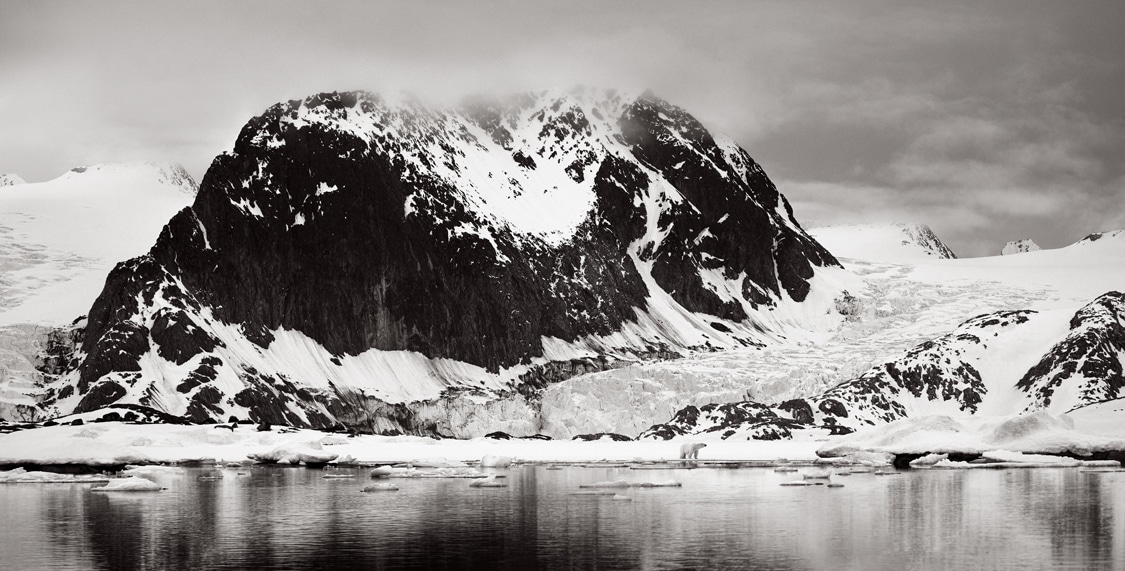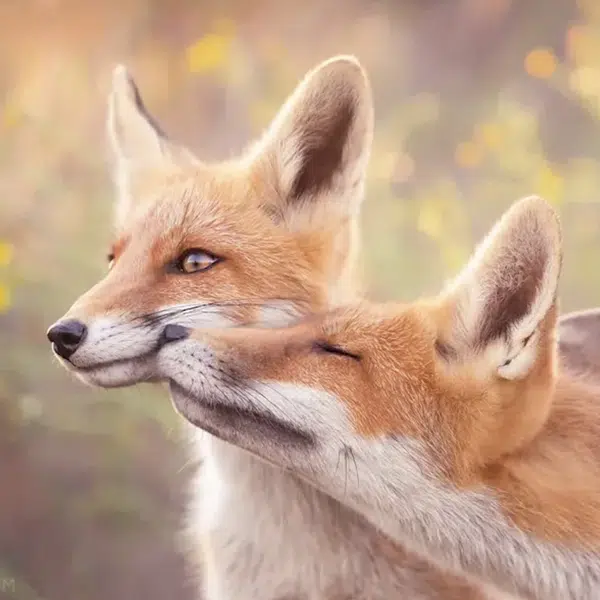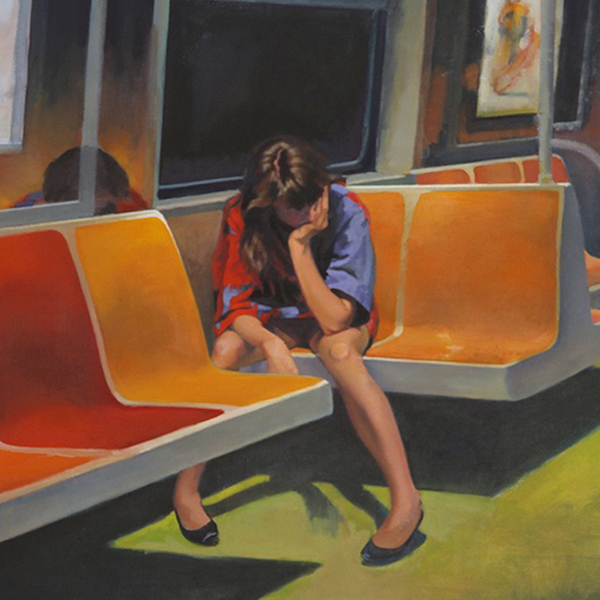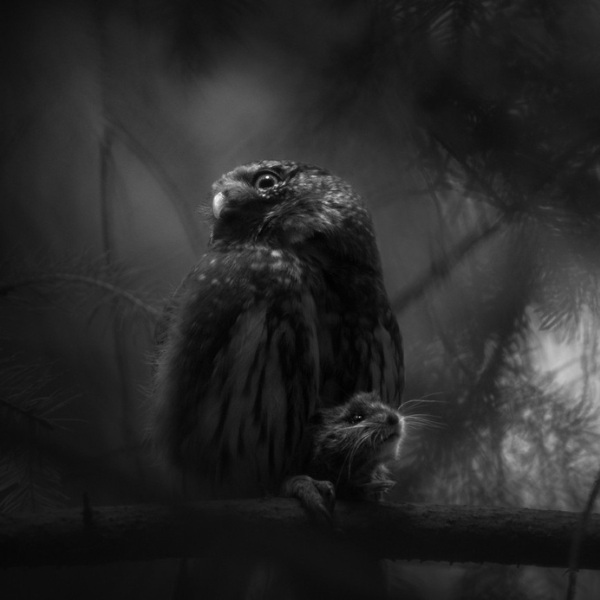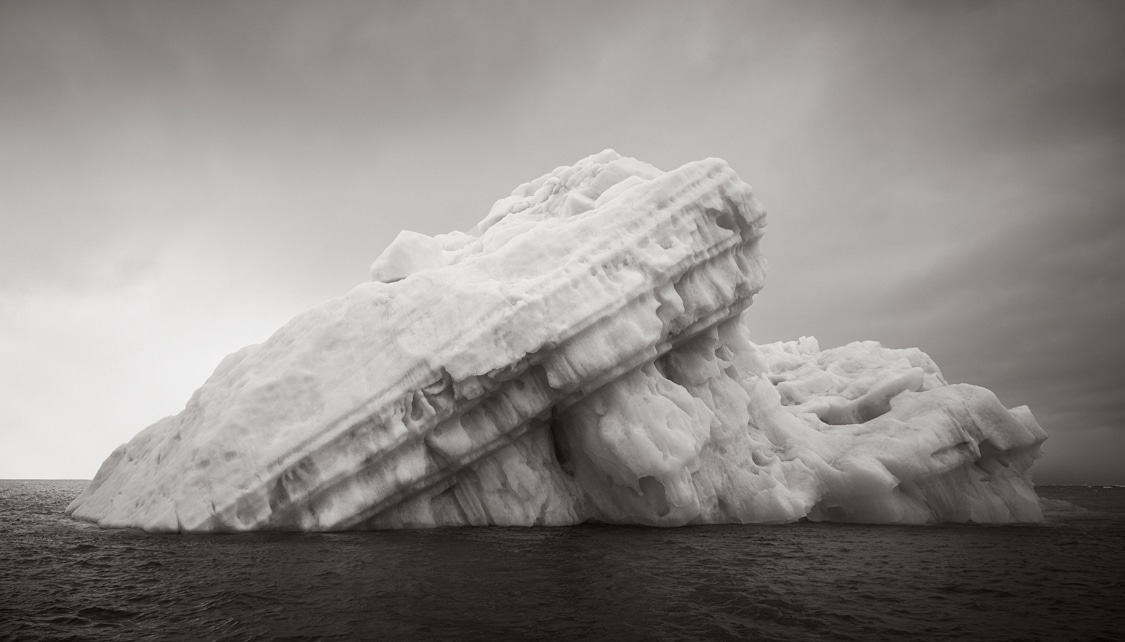
For eight days, photographer Drew Doggett floated in the Arctic waters of Svalbard, Norway. Doggett made his way up north and climbed aboard a research vessel for a once-in-a-lifetime adventure that brought him up to the 80th parallel north. From there, he was able to document the ethereal landscape while also actively seeking out polar bears.
His new limited edition series, Northern Dreams, is the result of this journey. It's one that brought Doggett closer than he'd dreamed to the polar bears he'd so desperately hoped to find. As he watched a mother and cub play together for nearly four hours, he realized that this was an extraordinary experience he would likely never forget.
We had the pleasure of speaking with Doggett about his journey to the Arctic and how the landscape both challenged and inspired him. Read on to for My Modern Met's exclusive interview to hear more about his personal experience in Svalbard and with the polar bears that motivated him to first make this voyage.

What inspired your journey to Svalbard, and how much time did you spend there?
Over the last decade, I've been on a quest to document the most extraordinary animals, and polar bears were high on my list of subjects to photograph to continue this trajectory. Polar bears' territory is linked to their survival ability, and through my work, I wanted to tell this story.
Additionally, I photograph what is at risk of disappearing. I was drawn to Svalbard’s epic yet abstract landscape that would act as the backdrop for this series. Svalbard’s snowy peaks with volcanic rock and large, untouched swaths of pristine snow, glaciers, and cool blue sea ice presented the perfect otherworldly landscape for me. We spent eight days on board a research vessel traveling around the Archipelago, reaching 80° North, until the pack ice became impossible to pass.
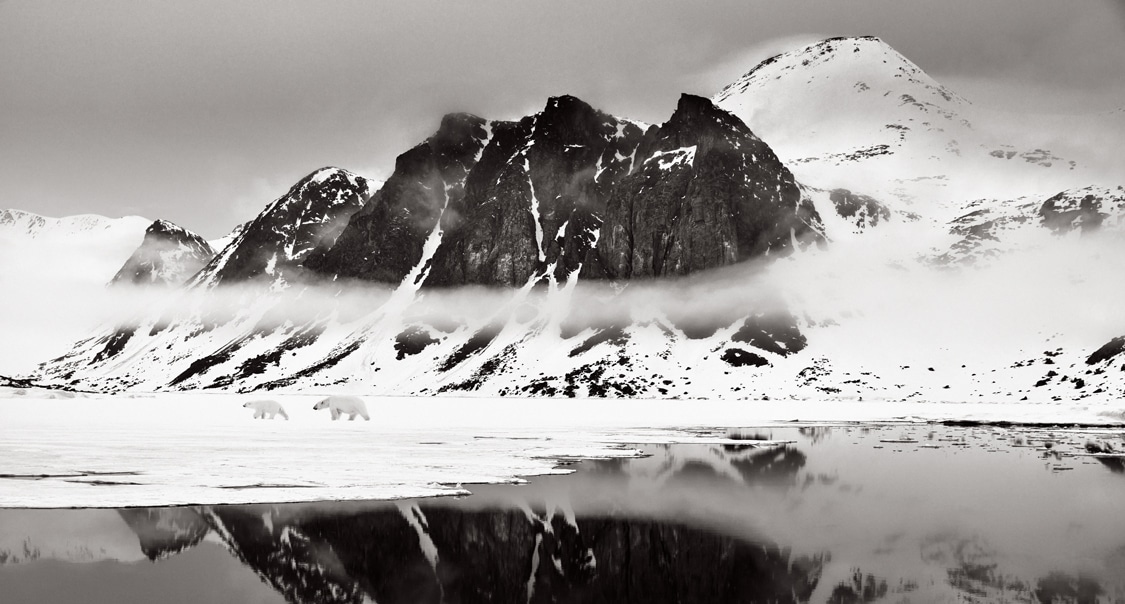
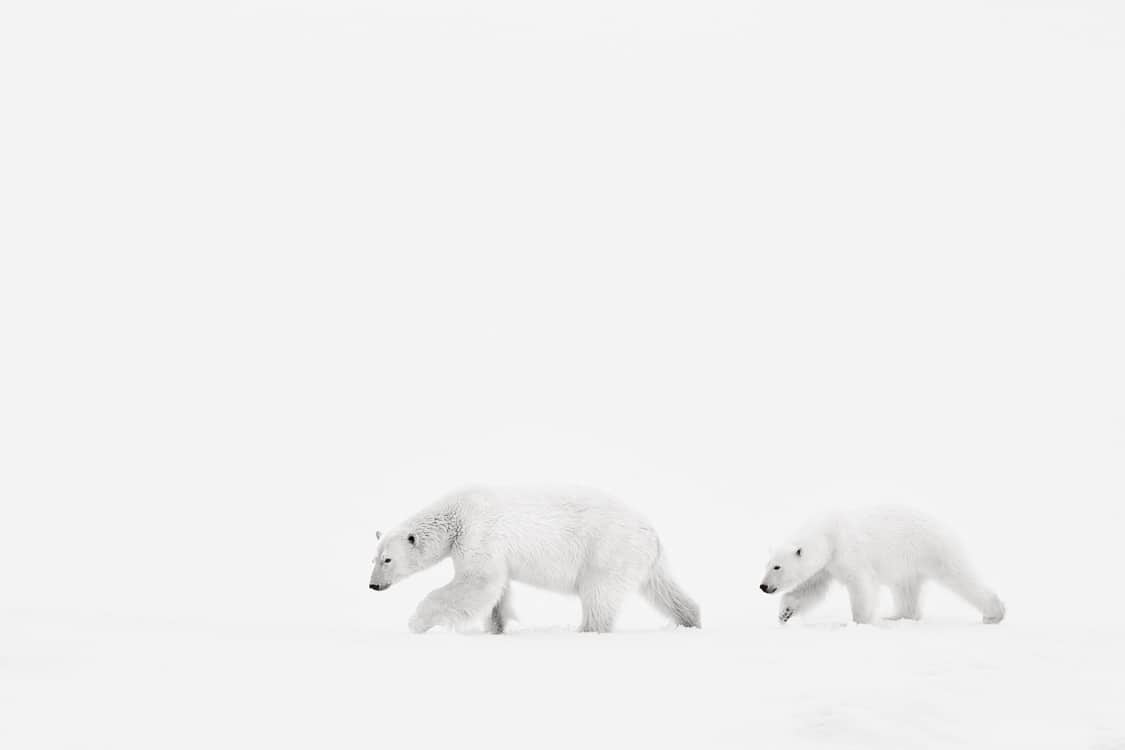

What was the most surprising part of your time there?
Svalbard is a vast Arctic landscape, and the bears can disappear into the snow and rocks. In fact, the first time our captain pointed out a polar bear on a nearby rock formation, it looked no different than the ground around it. While I knew finding the bears would be a challenge from onboard our ship, I was taken aback by just how difficult it would be to create the images I had in mind.
There were two huge obstacles at hand. First, I needed to be as physically close to the bears as safely possible, and our movement was limited to our Zodiacs if I wanted to be at eye level or below with the bears. Plus, there was the matter of navigating the ice and the fast-changing conditions of the summer thaw in Svalbard. We walked away with some extraordinary images, but it was all hands on deck all the time in terms of seeking the bears, and I spent every spare waking moment on the bridge, scanning the horizon with binoculars.
I quickly learned that Svalbard has its own rhythms and character, and I was constantly humbled by this Arctic landscape. However, I love an adventure, and this was definitely a big one.
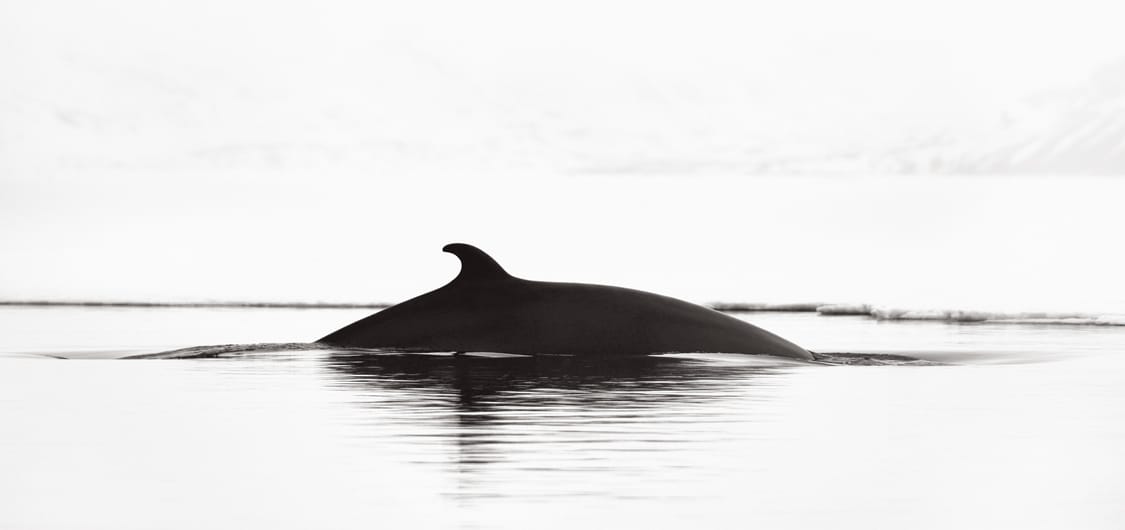
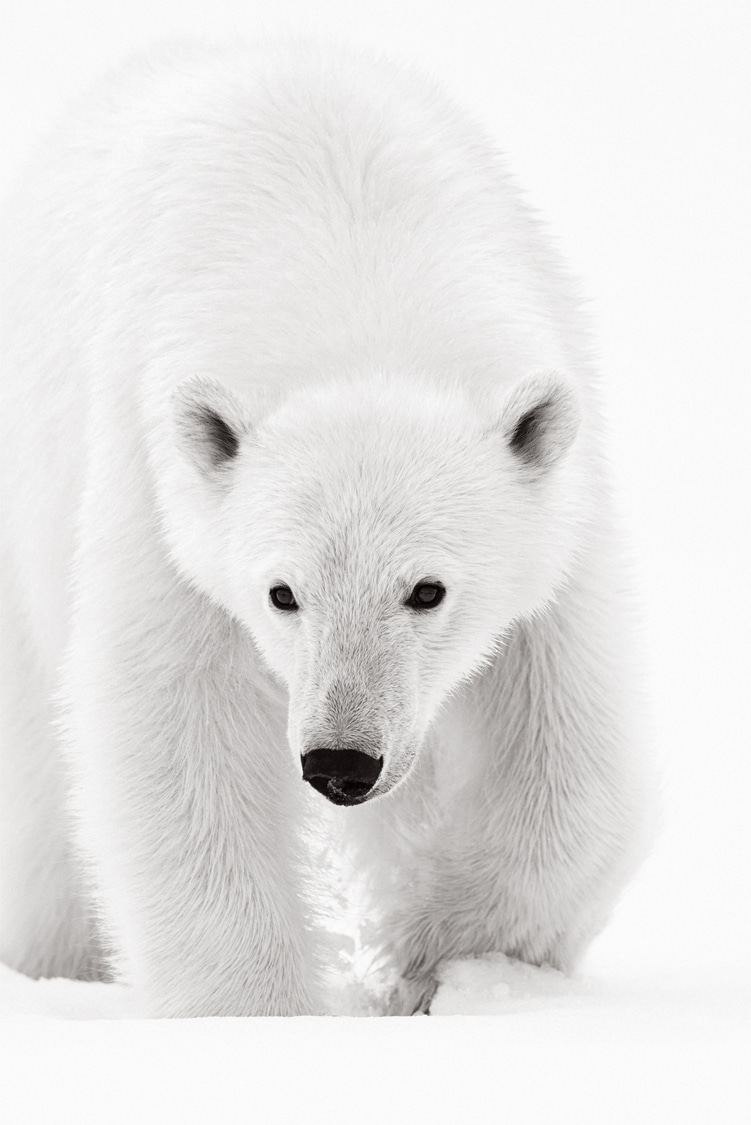
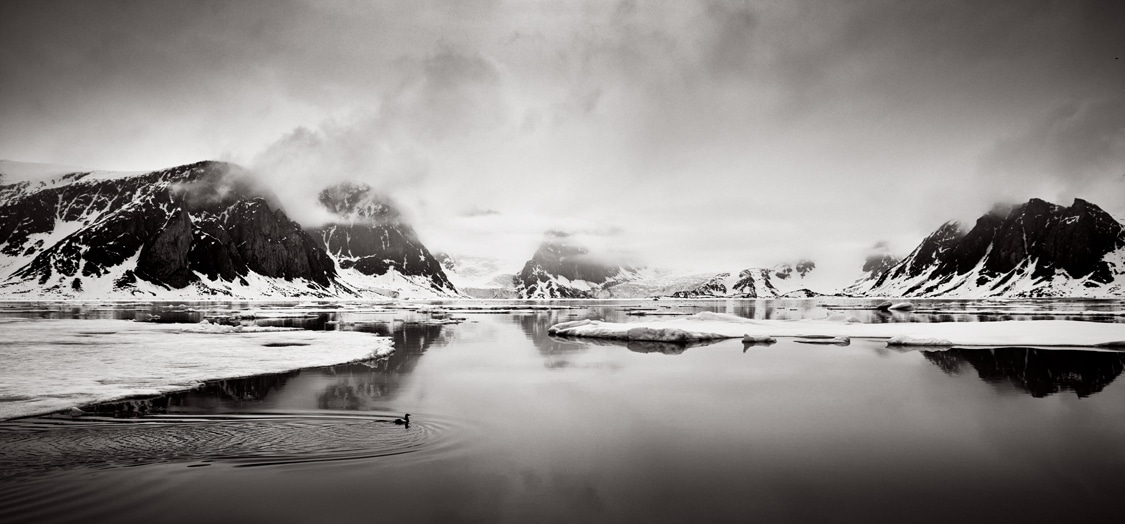
Can you share a bit about your encounters with polar bears and what it was like to photograph them?
We had one encounter that was easily one of the most emotional moments of my career so far with a mother and cub. Most wildlife encounters are seconds or minutes, but we had four hours of a once-in-a-lifetime experience.
Several days in, we were approaching a point in our expedition where travel would be impossible based on pack ice, and the landscape became even more surreal and serene. Just as we had settled into our rooms for the night, our captain came over the loudspeaker announcing a bear had been spotted. Eagerly, we jumped into our survival suits and lowered the Zodiacs into the water. The next few hours would become my career's most extraordinary wildlife encounter to date.
The cub started to play, and the mother followed. They climbed and slid down a nearby embankment, headfirst, and then again, on their bellies. After a few rounds on the “slide,” the cub began to pounce on the ice's edge, breaking off pieces of ice and then tossing them in the air only to catch them and throw them in the water. Diving in, the cub would retrieve the ice, or what was left of it, and start the whole spectacle again. He was clumsy, like a child learning about dexterity, but in the most charming, captivating way. Hours passed as we watched the mother and her cub swim and play, amusing themselves in their natural playground.
Beyond any of these elements, the humanity of the mother and cub together left an indelible mark on me. Watching any young animal is typically adorable, but the bond between mother and child is universally significant and easily recognizable.
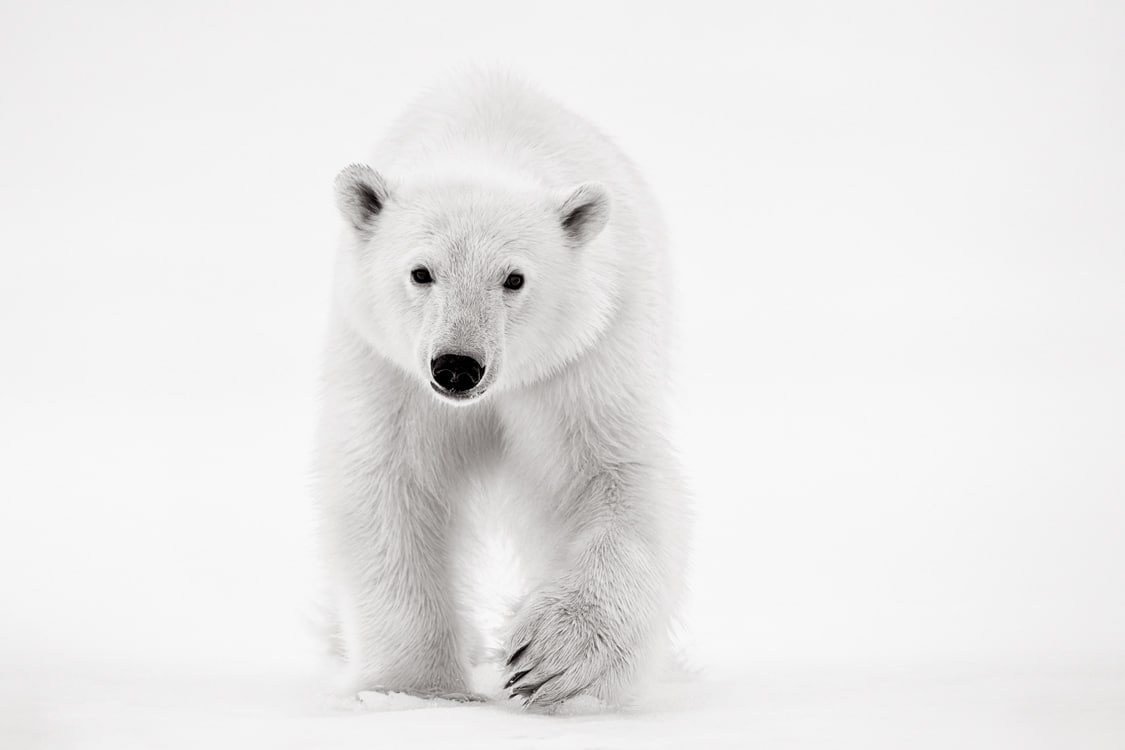
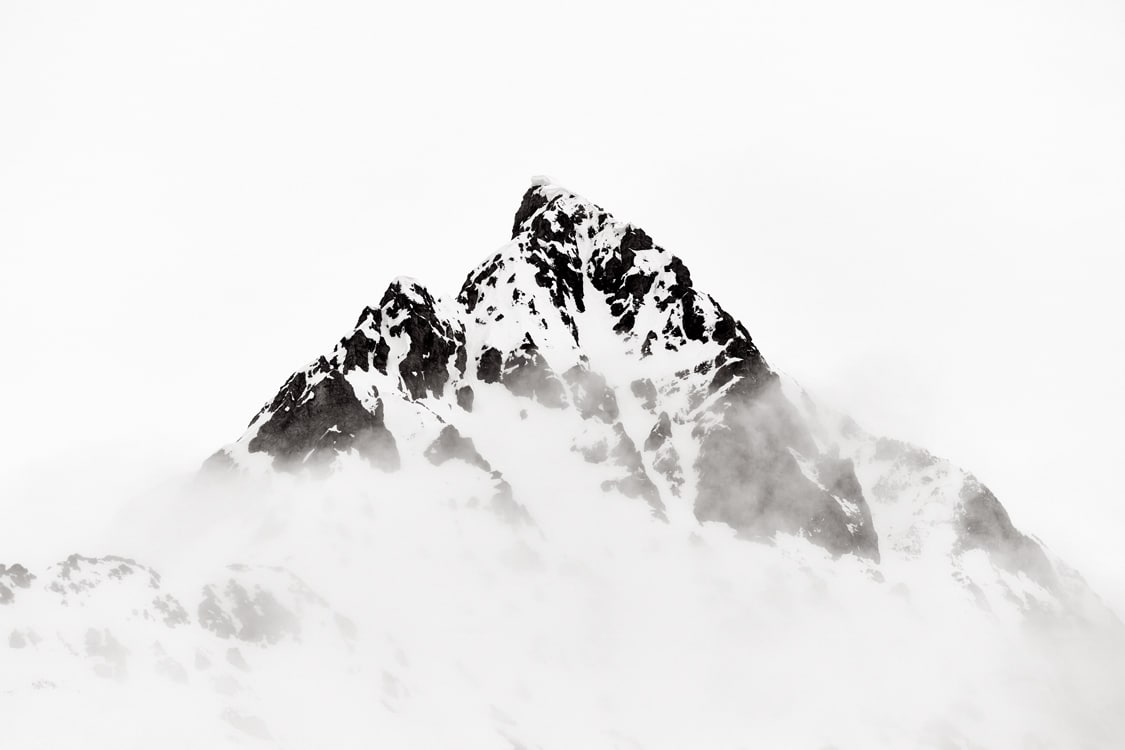
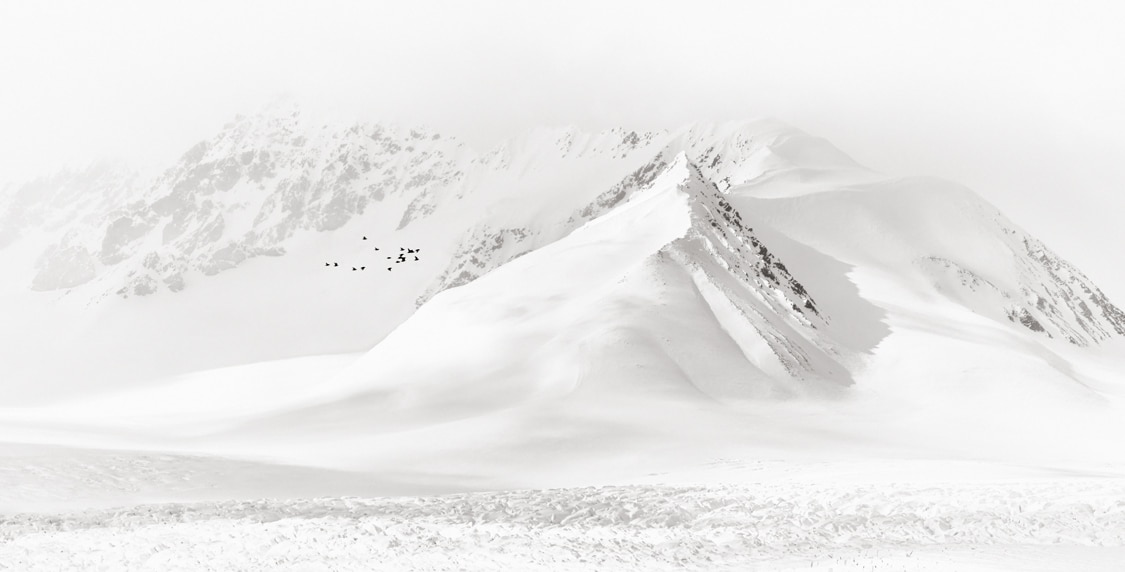
There is very much a fine art sensibility to your work. What are you looking for when picking out the perfect composition?
My images are refined, minimal, and ultra-detailed, enabling my photography's fine art feel. Everything contained within the final series is composed to tell the story of my subjects, with the elements of form, shape, texture, and negative space working in harmony to craft the resulting series. There’s also an ethereal nature to many of these images, which creates a dreamlike quality lending itself to my fine art aesthetic rather than a more documentary one.
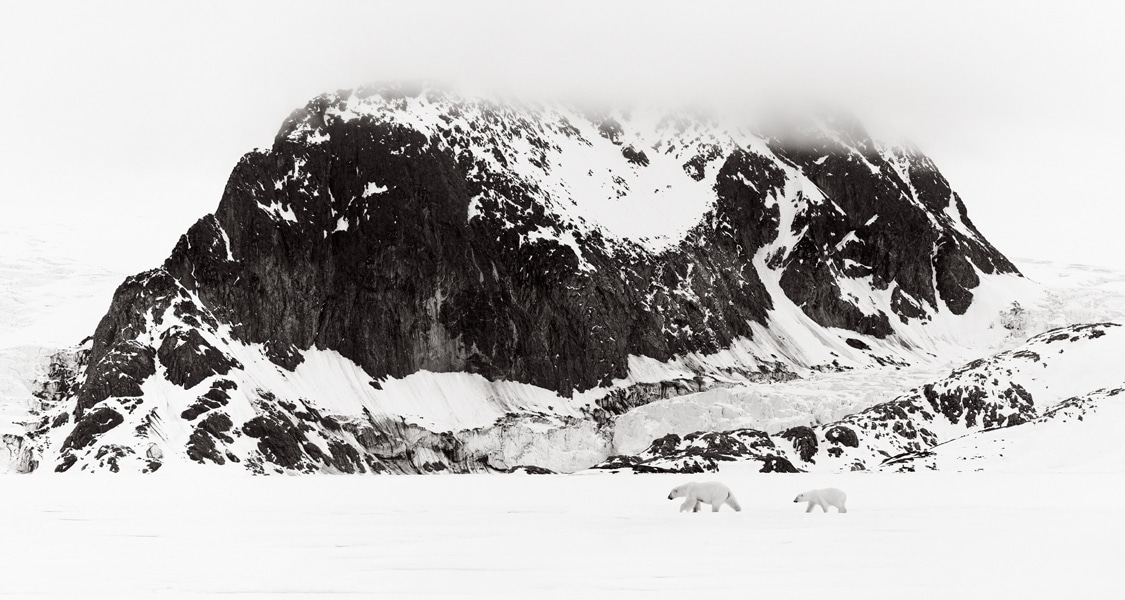
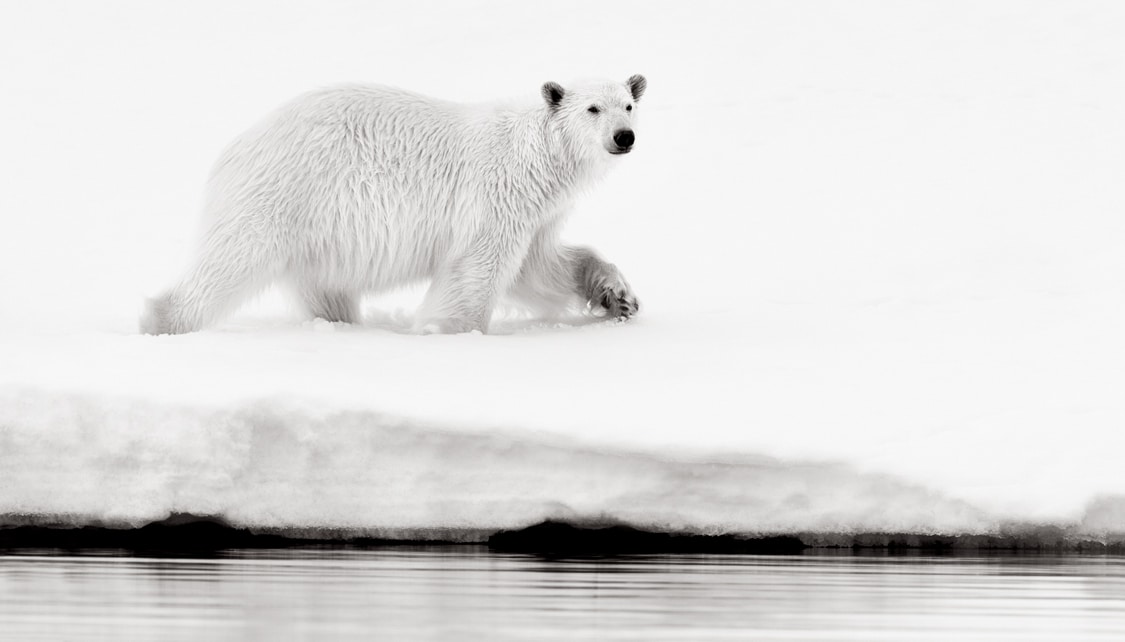

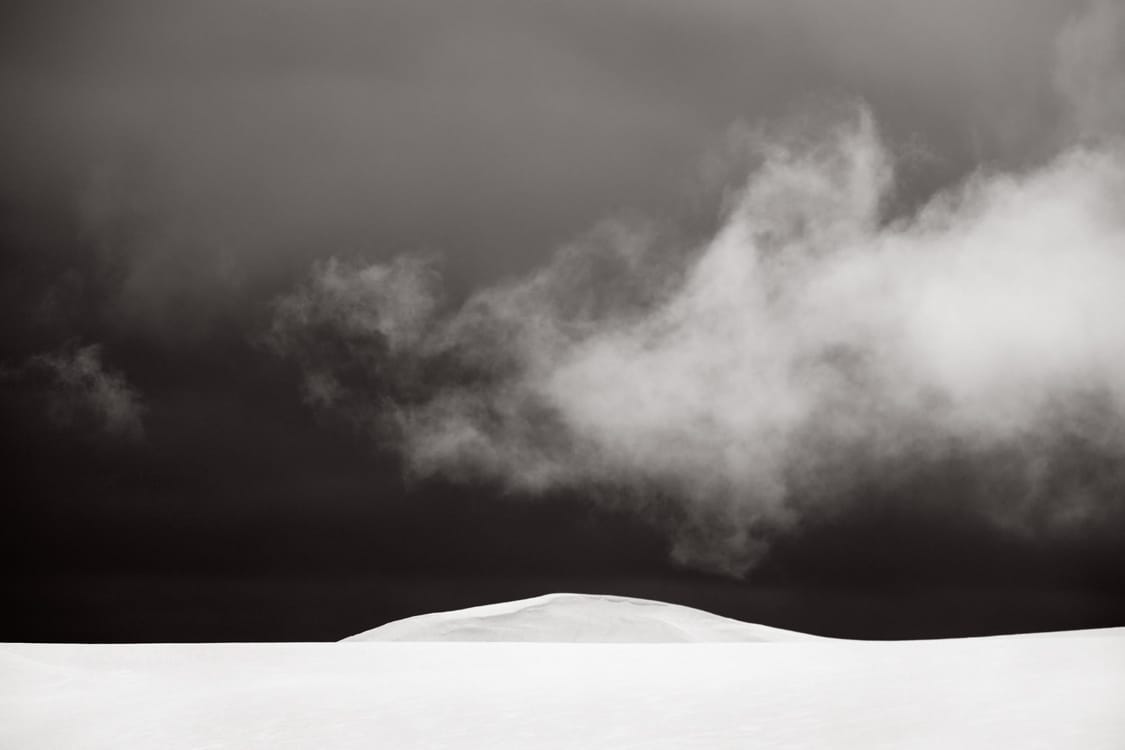
What do you hope that people take away from your work?
Creating photographs of wild places and animals comes down to the challenge of establishing an emotional connection between the subject and the viewers. At its core, my goal is always to honor and celebrate animals and places, as we can only love and protect what we understand. If my images can offer a sense of understanding and, therefore, connection, then I feel I’ve done my job.

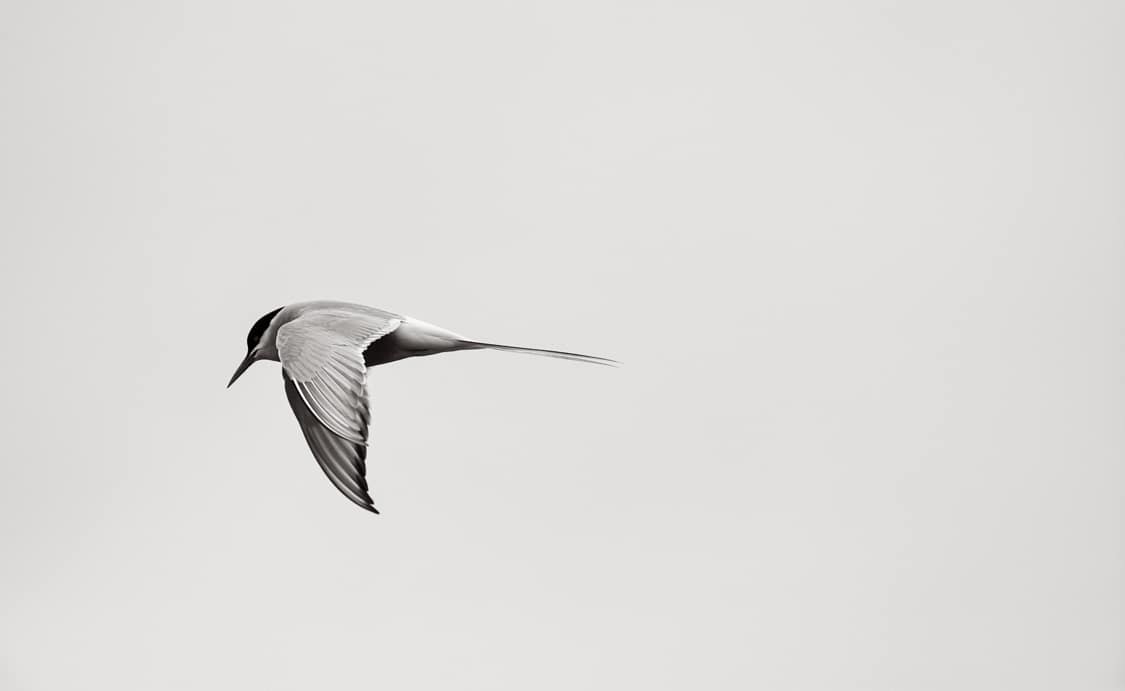
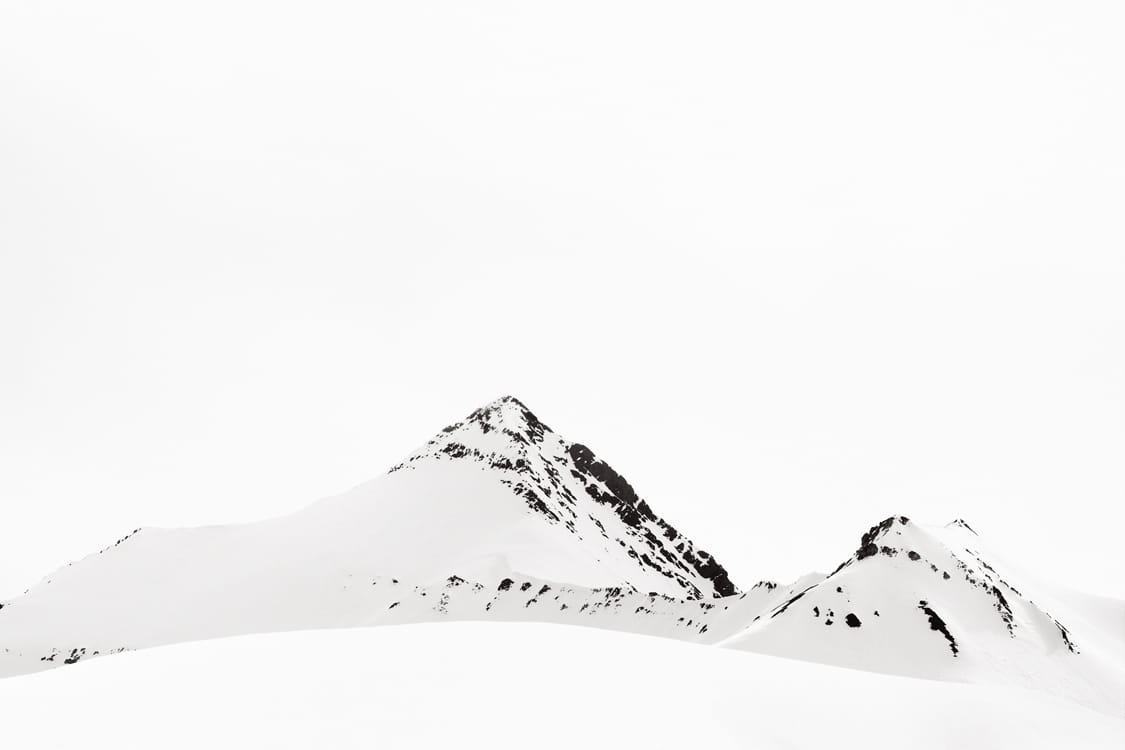
What's next?
I'll return to East Africa in a few weeks to continue photographing animals in various regions within Rwanda and Kenya. Later this year, I'm also guiding small groups to these regions, where we will visit some of my favorite locations and camps in East Africa in Botswana, Tanzania, Ethiopia, and others.
